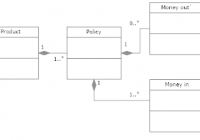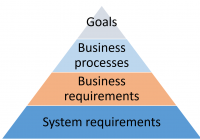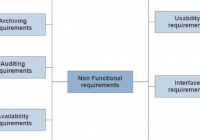The benefits of using Storyboards to gather requirements
Reasons for using story boards To act as an inspiration for other requirements. To increase understanding of the requirements between all stakeholders and the consequences. The system has not existed before. The users have no experience of the system. The users have been doing their work for some time and are stuck in the way they are doing… Read More »







